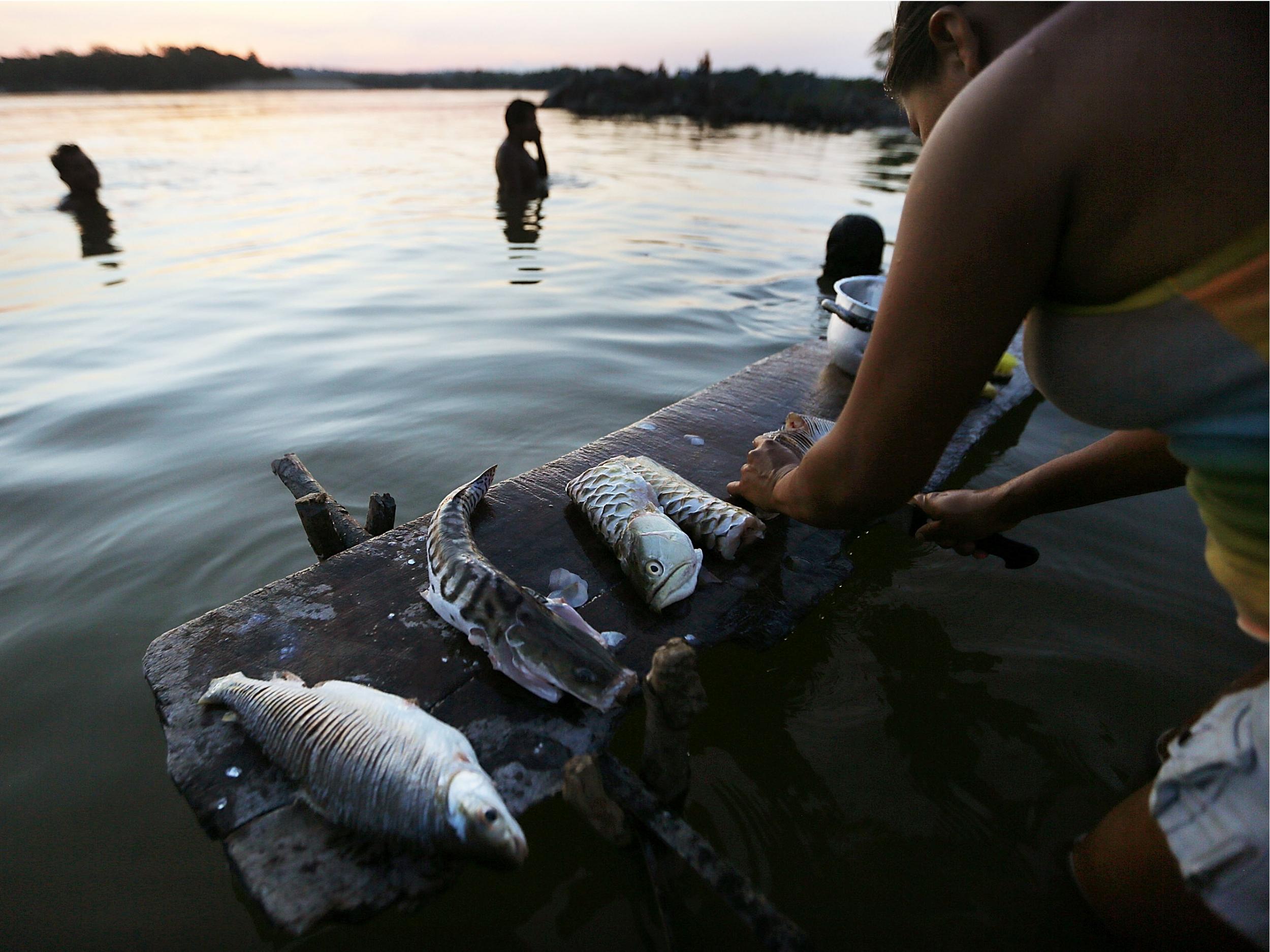Eighty per cent of the world's most precious habitats are unprotected, experts warn
While the scale of protection is adequate, management is poor

Key habitats across the globe are not being protected, even though the world is on track to meet a major conservation target.
Close to 15% of the Earth's land is now covered by national parks and other protected areas, but eight in 10 'key biodiversity areas' are not included, according to a report by the United Nations Environment Programme.
Many unique and endangered species and habitats are excluded from protected areas, the report said, and poor management is limiting the effectiveness of protection.
The scale of protected areas was praised, with coverage of protected marine areas in particular more than quadrupling in the last decade.
“The huge gains in the number and size of protected areas made in the last decade have to be matched by improvements in their quality,” said UN Environment Head Erik Solheim.
“The world needs to do more to effectively protect our most biologically diverse spaces. Protected areas need to be better connected, to allow populations of animals and plants to mix and spread," he added.
"Also important is ensuring local communities are involved in protection efforts. Their support is fundamental to long-term conservation.”
There are currently 202,467 protected areas worldwide, covering almost 20 million square kilometres, this amounts to 14.7 per cent of the world's land, excluding Antarctica. The total area protected globally is still short of a target set by the Convention on Biological Diversity of 17 per cent of land protected by 2020, but it is on target, the report said.
Countries in Latin America and the Caribbean protect the largest portion of their land, the UN found. About half of the region's total protected land is in Brazil, where 2.47 million square kilometres of Amazon rainforest are protected.
Meanwhile, the Middle East has the lowest land protection rate at around 3 per cent.
Particular progress has been made in the size of marine areas protected. This has increased from just over 4 million kilometres in 2006 to nearly 17 million square kilometres today, covering four per cent of the Earth's oceans.
But despitethe growth in coverage, much remains to be done to improve the quality of protected areas, the report said.
Currently less than 20 per cent of the world's key biodiversity areas are completely covered by protected areas.
Less than 20 per cent of countries have met their commitments to assess the management of their protected areas, raising questions about the quality and effectiveness of existing conservation measures.
Stunning image of ants wins international environmental photography prize
Show all 17The report recommends investing in protected areas to strengthen sustainable management of fisheries, control invasive species, and cope with climate change.
Adoption of these recommendations would help to halt biodiversity loss, improve food and water security, enable vulnerable human communities to better cope with natural disasters and conserve traditional knowledge, the report said.
"Today, the world is facing critical environmental and societal challenges, such as climate change, food and water security," said Inger Andersen, director general of the International Union for Conservation of Nature, who co-authored the report.
"Protected areas play a major role in conserving species and ecosystems that help us confront these challenges. Ensuring that they are carefully mapped and effectively managed is crucial if we want to continue to prosper on this planet."
Subscribe to Independent Premium to bookmark this article
Want to bookmark your favourite articles and stories to read or reference later? Start your Independent Premium subscription today.

Join our commenting forum
Join thought-provoking conversations, follow other Independent readers and see their replies